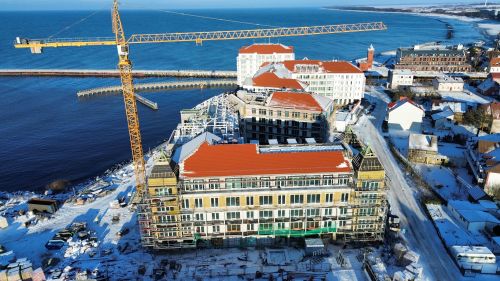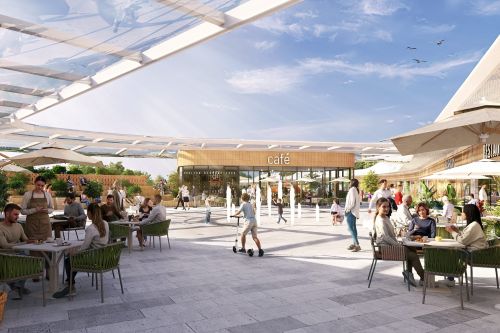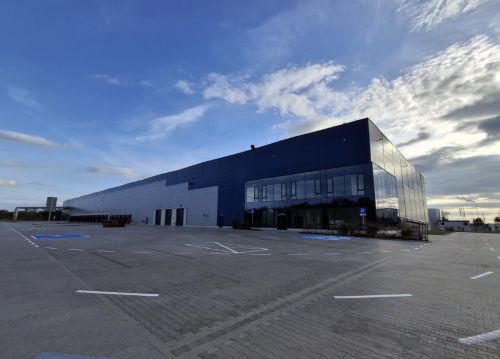We’ve got omnichannel sales, but with all the emphasis on online, banners, emoticons, privacy policies and returns. E-commerce has been going head-to-head with malls. The virtually second-hand is now able to compete with the latest collections. There’s a whole smorgasbord available for you to pick from that’s recyclable and zero waste. With all these changes, brick-and-mortar stores have been made to look just like social clubs without the bingo nights.
Couriers can be seen rushing around everywhere, parcel lockers are bulging, and the masses can test out how chic they’re going to look for just PLN 8 an item. New, eccentric and slightly frayed looks are all the rage: bright orange coats are being combined with palm-print trousers, tight sweaters are being thrown over over-sized shirts, phoenix bomber jackets are being worn with Hawaiian shirts, while neon-coloured belts on full-length ball gowns draw everyone’s attention to the waistline. Clearly, it&rsqu

























































